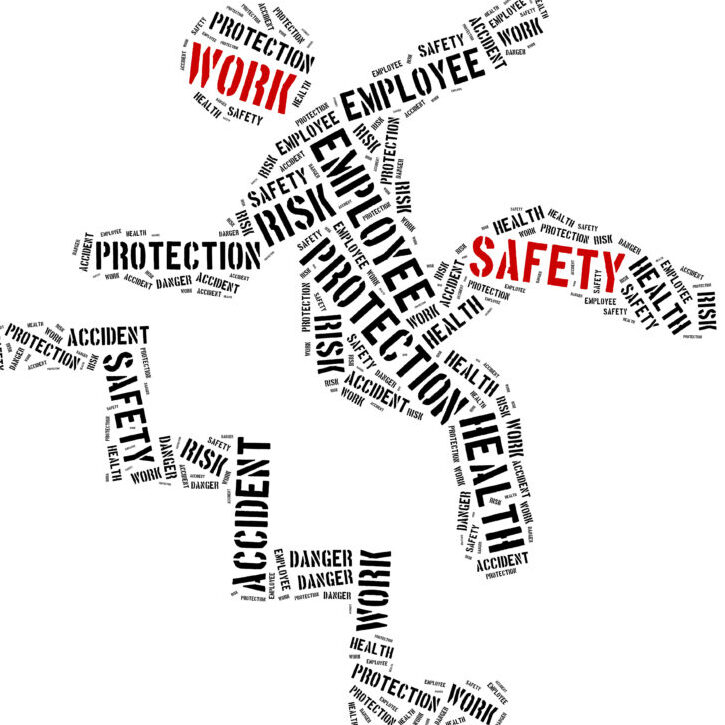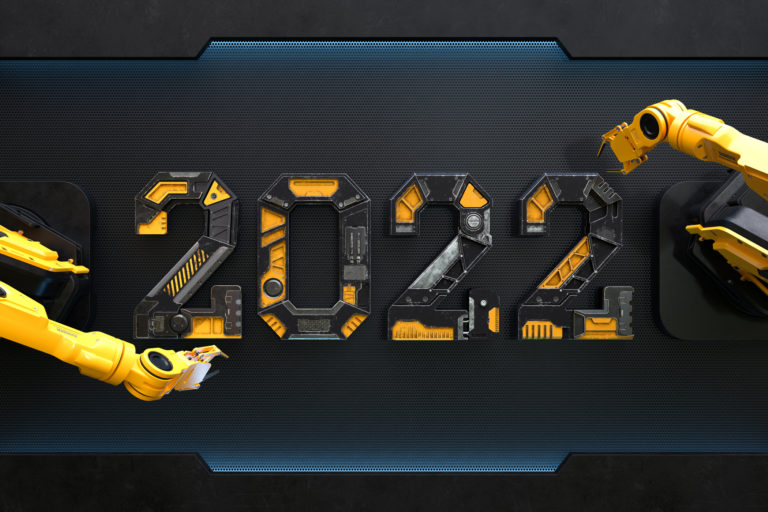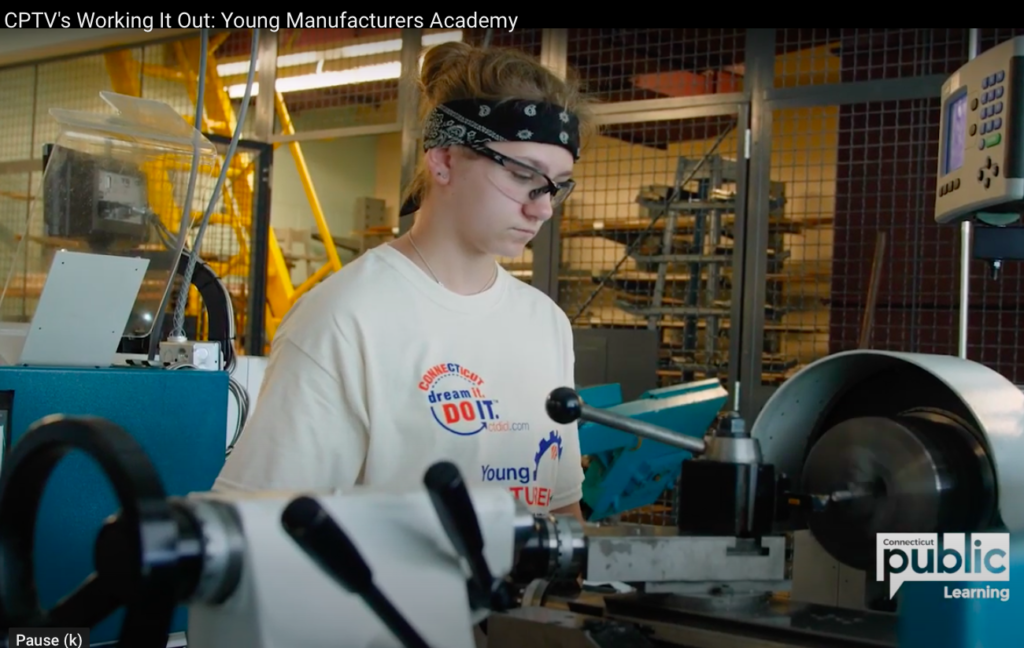
According to the National Safety Council, work injury costs in the U.S. totaled $171B in 2019. The number of lost work days totaled 105 million for that same year. We’re still waiting for 2020 and 2021 data, but it’s possible those numbers will be greater.
Given the enormous financial impact, it’s no surprise that preventing work related injuries is important to business owners. Most large companies have Environmental Health & Safety departments, councils or teams to promote an employee safety culture, but this might be difficult for small companies with limited resources. Often, their efforts are limited to an occasional safety training seminar, some posters, caution stickers, and warning labels.
It takes more than that to create a safety culture. Here are five budget-friendly suggestions from a Fortune 500 manufacturing company in Connecticut:
1. Establish health and safety as core company values. Make it part of your company’s strategic messaging, and ensure your managers lead by example.
2. Add safety as an agenda topic for weekly staff meetings. Discuss health and safety issues and solicit suggestions for improvement.
3. Include a safety tip in the company newsletter. This company conveyed safety messages with cartoons, which amused their employees while educating them. This tactic helped to ensure employees would read and remember the messages.
4. Celebrate safety milestones (ex.: 90 days without an injury). In the 1990s, Fenn Manufacturing in Newington gave away a new car or truck after every 90 days that passed without a work-related injury. All employees’ badges were thrown into a hat and the company president drew the lucky winner. This may seem grandiose, but the president had concluded that a new vehicle was less expensive than the cost of just one serious injury. For smaller companies, something as inexpensive as a celebratory cake or a free lunch will do.
5. Encourage employees to report near hits and potential hazards throughout your facility without fear of retaliation. Have them submit them in a centralized location and review them at staff meetings. Draw a winner from the submittals and present the winning employee with a small gift card (ex.: Starbucks, Dunkin, etc.)
These steps will keep safety on everyone’s mind and contribute to a culture of safety. Visit the OSHA website for more ideas and consider downloading their Small Business Safety and Health Handbook. Reviewing your safety program is just one of the many topics covered with a Needs Assessment. Contact Us today to start the process.
Check out our previous blog: Staying on Top of Safety Protocols








